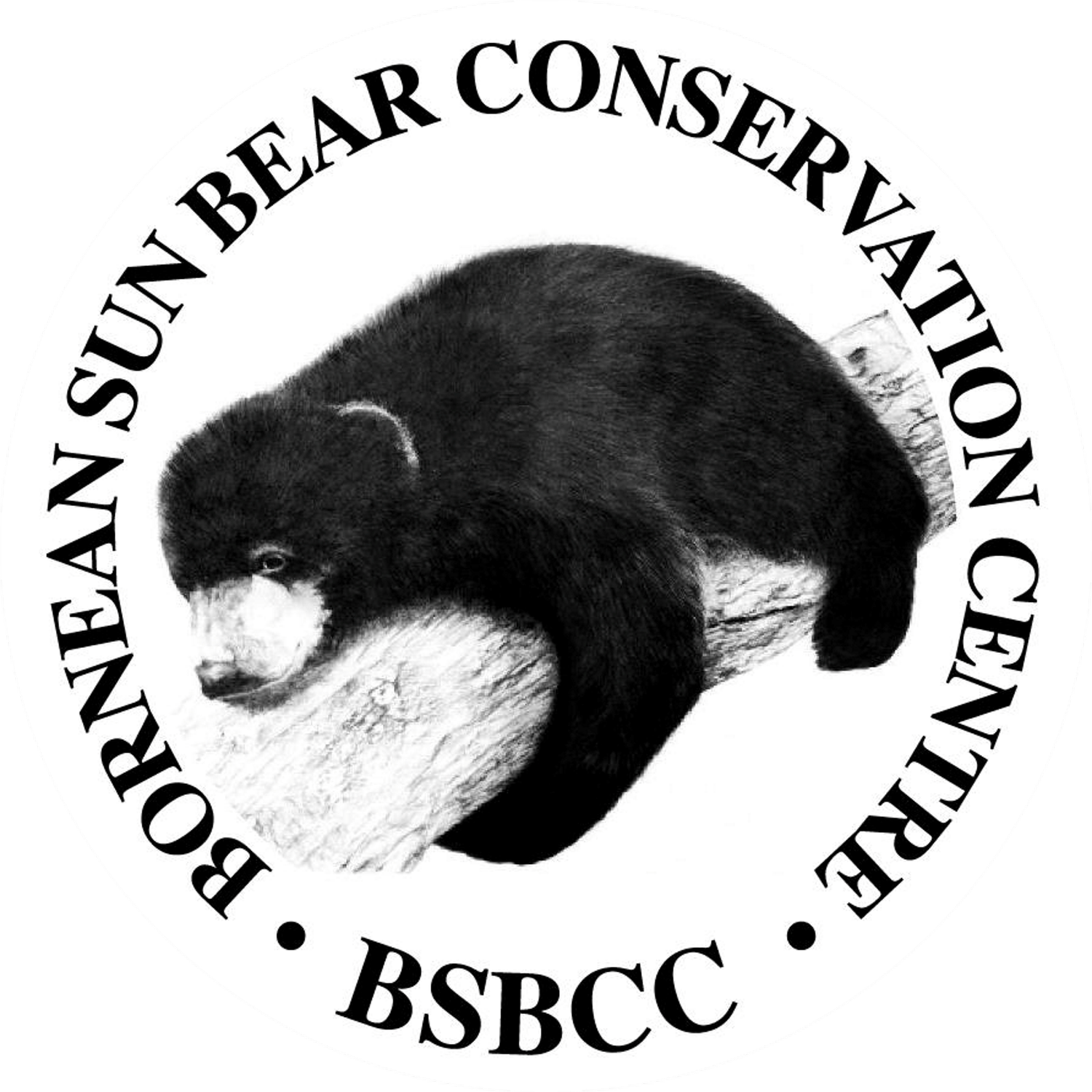Part I: Scientific researches of sun bear & publications
Today is already the first day of December 2008. Sun bear still remains the least know bear in the world. Almost everyone know about bears. They know polar bears, grizzly bears, American black bears and giant pandas because these are the bears that they seen in the Discovery Channel, Animal Planet, National Geographic Channel, movies, advertisements, bill board, news articles or any kind of mass media you can think of. A small portion of the people know Andean or spectacle bears from South American, sloth bears from India, and Asiatic black bears from Asia. However, only very few people know about sun bears. This is a sad fact.
One of the biggest reasons for sun bear remains so little known is the lack of biological studies on this species. Until now, there are only 3 ecological studies that involved trapping and radio-collaring of wild sun bear in the world. One of them is my study base in Danum Valley Field Center and Ulu Segama Forest Reserve, Sabah, Malaysia Borneo. I did my Master of Science (MSc) project on studying the ecology of sun bear from 1998 – 2000, and then continued the study, by looking at the effects of logging on sun bear and bearded pigs for my doctorate degree.
Here are lists of publications with PDF from my M.Sc. studies:
Masters Thesis:
Publications:
Wong, S.T., C. Servheen, L. Ambu, and a. Norhayati. 2005. Impacts of fruit production cycles on Malayan sun bears and bearded pigs in lowland tropical forest of Sabah, Malaysian Borneo. Journal of Tropical Ecology 21:627-639. 13pp.
Wong, S.T., C.W. Servheen, and L. Ambu. 2004. Home range, movement and activity patterns, and bedding sites of Malayan sun bears Helarctos malayanus in the Rainforest of Borneo. Biological Conservation 119:169-181.
Wong, S.T., C.W. Servheen, and L. Ambu. 2002. Food Habits of Malayan Sun Bears in Lowland Tropical Forests of Borneo. Ursus 13:127-136.
Other publications, reports and articles from my sun bear works:
Wong, S.T and C. Servheen. 2007. Sun Bear and Bearded Pig Research and Conservation Project: 4th Progress Report. 16pp.
The Emerging Wildlife Conservation Leaders, Wong S.T. & Gabriella Fredriksson. 2006. Sun Bear Adventure Journals. EWCL. 34 pp.
The second person who studied sun bear and know more about sun bear than anyone on earth is Gabriella Fredriksson. She is the co-chair of the sun bear expert team of the Bear Specialist Group/IUCN, has been working for many years on sun bear conservation issues in Kalimantan, Indonesia and has been involved with the development of the first sun bear education center in the region.
Currently Gabriella is assisting with the redesign of forest and conservation management for the province of Aceh (Sumatra), in a team established by the Governor of Aceh. Aceh with 3 million ha of contiguous forest has probably the most viable habitat and populations of sun bears and many other threatened species in Indonesia (orangutans, elephants and tigers).
I found this newspaper article written some 10 years ago when she first attempted to reintroduce 5 adult sun bears into the wild: “In Borneo's Fading Jungles, a Grim Tale of Wildlife.”
Here is a list of her publications on sun bears:
Fredriksson, G. 2005. Predation on Sun Bears by Reticulated Python in East Kalimantan, Indonesian Borneo. The Raffles Bulletin of Zoology. 53: 165-168.
Fredriksson G. (2005) Human–sun bear conflicts in East Kalimantan, Indonesian Borneo. Ursus, 16 (1): 130 - 137.
Schwarzenberger, F., Fredriksson, G., Schallerc, K. and Kolter, L. (2004) Fecal steroid analysis for monitoring reproduction in the sun bear (Helarctos malayanus). Theriogenology, 62: 1677 - 1692.
Fredriksson, G.M., Danielsen, L.S. and Swenson, J.E. (2007) Impacts of El Nino related drought and forest fires on sun bear fruit resources in lowland dipterocarp forest of East Borneo. Biodiversity and Conservation, 16 (6): 1823 - 1838.
Fredriksson, G.M., Wich, S.A. and Trisno. (2006) Frugivory in sun bears (Helarctosmalayanus) is linked to El Niño-related fluctuations in fruiting phenology, East Kalimantan, Indonesia. Biological Journal of the Linnean Society, 89: 489 - 508.
Tumbelaka, L., Fredriksson, G.M. 2006. The status of sun bear in Indonesia. Pp 73-78 in Japan Bear Network (compiler). 2006. Understanding Asian bears to secure their future. Japan Bear Network, Ibakari, Japan 145 pp.
Fredriksson, G., Steinmetz, R. 2007. Bear sign survey training course- Phnom Tamao & Bokor National Park, Cambodia. 23rd – 27th April 2007. Unpublished report.

